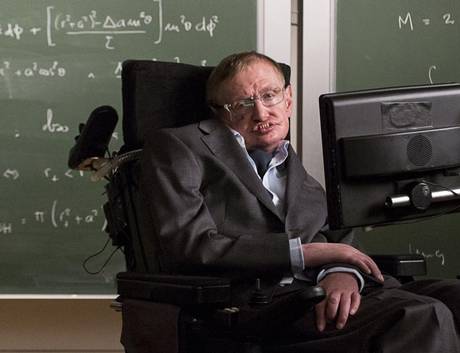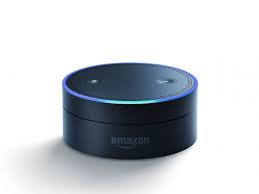Motor Neurone Disease is also known as ALS or Lou Gehrig’s disease (after an American baseball player). It affects the muscles in your body causing them to be weak. There is no known cure for this condition, but symptoms can be managed to help people to achieve the best possible quality of life.
This blog has been created to coincide with MND Awareness Month which runs throughout June.

What is MND?
According to the MND Association there are 5000 people with the condition in the UK. The causes aren’t really understood but it may be something to do with chemicals and structures in the motor nerves.
The effects include difficulty speaking and movement; eating and swallowing are also affected and eventually the muscles that assist breathing fail. There are different types of the condition.
Professor Stephen Hawking who sadly passed away this year was one of the most famous people to have the condition. Other people that have the condition include ex Scottish international rugby player Doddie Weir. People who have the condition in the UK are supported both by the MNDA and MND Scotland. as well as MNDA Northern Ireland.
FAQs about MND and computing
These commonly asked questions about having MND illustrate some of the many ways of using a computer can help someone who has the condition.
Q: I sometimes find it hard to use the standard mouse. What can I do?
There are lots of different mouse alternatives available, including rollerballs and joysticks. Take a look at our factsheet about mouse alternatives to work out which one may be best for you.
If you have good head movement, you will be able to use a head mouse.
If you have issues with “clicking” the mouse button you can download some free software which means you don’t have to do any clicking whatsoever. Eye gaze technology is advancing at a pace now and the cost is coming down all of the time.
You can also check My Computer My Way to see if changing the way the mouse pointer moves might help!
Q: Can I talk to my computer?
If your voice is clear then we’d advise trying out voice recognition. It’s built into all new Windows and Apple computers as well as most tablets and smartphones.
For more details have a look at our easy to understand step by step instructions on My Computer My Way
We’ve also written a factsheet about voice recognition that offers advice about various options.
Some times you might find that your voice changes throughout the day. We’d recommend that you have a couple of different voice profiles. So for example you might have a “Morning voice” profile and an “Afternoon voice” profile.
Q: Sometimes I have difficulty reaching all the keys on the keyboard. What can I do?
A lot of people like to use keyboards that don’t have the number pad on the right hand side. This means the keyboards are a lot smaller than normal ones. They are called “compact” keyboards.
A keyguard might also be useful. This will stop you from hitting two keys at once! As the condition progresses it might be worth exploring other input options like switches.
There are lots of different keyboards available – take a look at our factsheet on keyboard alternatives to learn more about your options.
Q: I've heard a lot about "smart-tech" devices. Would these help me in my home?
 We are really keen on smart home devices especially such as Amazon Echo and Google Home devices. These are voice controlled devices that can help you with tasks around the house. For example you can link your Amazon device up to your TV and you can change the channels on your TV screen by voice. Want to turn lights on? you can use smart tech to help you out again. Want to see who is at your door?
We are really keen on smart home devices especially such as Amazon Echo and Google Home devices. These are voice controlled devices that can help you with tasks around the house. For example you can link your Amazon device up to your TV and you can change the channels on your TV screen by voice. Want to turn lights on? you can use smart tech to help you out again. Want to see who is at your door?
Your Amazon Echo or Google Home device can also connect to a smart door lock so you can let people in as and when you need to, without having to struggle to get to the front door.
We also like the fact that you can use Amazon Echo to make calls to other people who own Echo devices as well and you can use the Google Home as easily as you can use a landline phone. to make incoming and outgoing calls.
Case study: Using Skype to help families keep in touch?
Jon called us on behalf of his brother Nick. Nick used to enjoy travelling and has made many friends across the world, but now finds it difficult to get out of his house. We chatted about technology such as Skype which would mean that he could stay in touch with his friends.
We also chatted about alternatives to the headset microphone which might be easier for Nick to use and identified some retailers that have a “try before you buy” policy.
We also arranged for one of our IT Can Help volunteers to come to Nick's house to check the current set up and help with installation of any new equipment.
More help from AbilityNet
AbilityNet provides a range of free services to help disabled people and older people.
Our friendly, knowledgeable staff will discuss any kind of computer problem and do their best to come up with a solution. We’re open Monday to Friday from 9am to 5pm on 0800 269 545.
We have a network of AbilityNet ITCanHelp volunteers who can help if you have technical issues with your computer systems. They can come to your home, or help you over the phone.
Our expert factsheets talk in detail about technology that might help you and can be downloaded for free. You may find our factsheets talking about voice recognition and keyboard alternatives useful.
Our free guide to all the accessibility features built into every computer, laptop, tablet and smartphone. We show you the adjustments that can make your time on the computer that bit easier.
